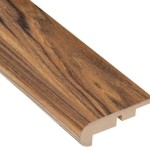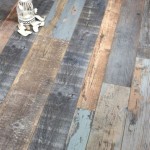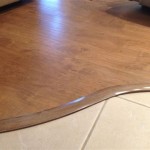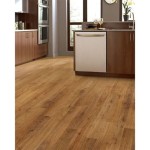When it comes to hardwood flooring, having the right kind of underlayment is essential. The underlayment helps to provide a cushion between the hardwood and the subfloor, as well as absorb sound and provide insulation. With the right underlayment, you can ensure that your hardwood flooring lasts for years to come. But how do you know which underlayment is best for your hardwood flooring? In this article, we will talk about the different types of underlayment and which one is best for your hardwood flooring.
Types of Underlayment for Hardwood Flooring
There are several types of underlayment available for hardwood flooring. The most common types are foam, felt, cork, and rubber. Each type has its own benefits and drawbacks, so it is important to consider your needs before making a decision.
Foam Underlayment
Foam underlayment is a popular choice for hardwood flooring due to its affordability and ease of installation. It is lightweight and provides excellent cushioning and sound absorption. However, foam underlayment is not as durable as other types of underlayment, and it can be prone to mold and mildew. Additionally, foam underlayment is not recommended for use in areas with high humidity.
Felt Underlayment
Felt underlayment is another popular choice for hardwood flooring. It is more durable than foam and provides good cushioning and sound absorption. Felt underlayment is also resistant to mold and mildew and is a good choice for areas with high humidity. However, felt underlayment is more expensive than foam and can be difficult to install.
Cork Underlayment
Cork underlayment is a great alternative to foam and felt underlayment. It is made from recycled cork and is an eco-friendly option for hardwood flooring. Cork underlayment is durable and provides excellent cushioning and sound absorption. Additionally, cork is resistant to mold and mildew and is a good choice for areas with high humidity. The only downside to cork underlayment is that it is more expensive than foam and felt.
Rubber Underlayment
Rubber underlayment is the most durable of all the options. It is also the most expensive, but it provides excellent cushioning and sound absorption. Additionally, rubber is resistant to mold and mildew and can be used in areas with high humidity. The only downside to rubber underlayment is that it can be difficult to install.
Conclusion
When choosing the best underlayment for hardwood flooring, it is important to consider your needs and budget. Foam underlayment is affordable and easy to install, but it is not as durable as other options. Felt underlayment is more durable and provides good cushioning and sound absorption, but it can be more expensive and difficult to install. Cork and rubber underlayment are both durable and provide excellent cushioning and sound absorption, but they are more expensive. No matter which type of underlayment you choose, make sure to follow the manufacturer’s instructions for installation to ensure your hardwood flooring lasts for years to come.
:max_bytes(150000):strip_icc()/hardwood--oak--floor-172261142-5a382e14ec2f640037fe9f90.jpg)



![Best Underlayment For Hardwood Floors [Top 5 Picks]](https://i2.wp.com/images-na.ssl-images-amazon.com/images/I/71pYEZPXe6L._AC_SL1000_.jpg)
![]()


/laying-laminate-flooring-5c36643946e0fb0001102b5b.jpg)





/new-floor-installation-185270632-582b722c3df78c6f6af0a8ab.jpg)
Related Posts








